A Closer Look at Google’s Big-Name Developers Behind GPT-4 and What Startups They Run Today

In Brief
The creators of the Transformer neural network architecture left Google to launch their own businesses, which have raised millions of dollars and are valued at more than $1 billion.
If you watched the series “Silicon Valley” and did not miss the last episode, then remember how it all ended: the team gets together twenty years later, reminiscing about the past.
Let’s see what happened to the authors of the Transformer neural network architecture that underlies ChatGPT and GPT-4. The team was featured in the article “Attention is all you need” by Google Research (June 2017). The authors are listed below in the same order as in Google’s article.
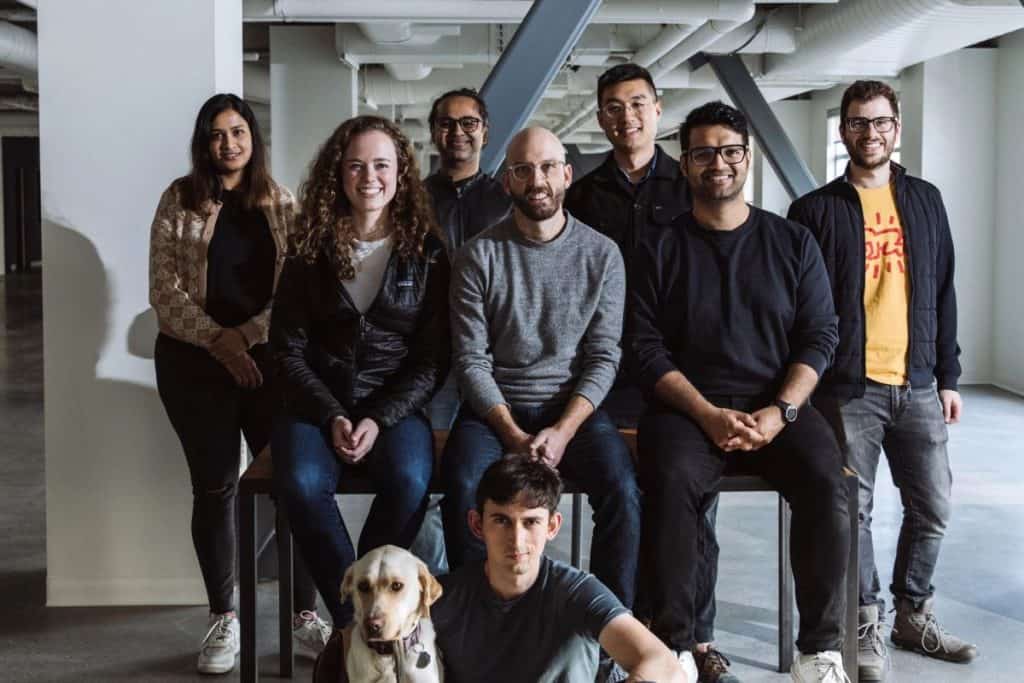
Ashish Vaswani left Google at the end of 2021 to start Adept, which has raised $415 million and is valued at over $1 billion so far. However, Ashish left Adept a few months ago—in December 2022, immediately after the release of ChatGPT— and founded a new startup. At the moment, the startup is still nameless, and it is not clear how many people have joined the company and what they are working on.
Back at Google, Vaswani worked on the design of the model in the early stages and programmed the whole thing.
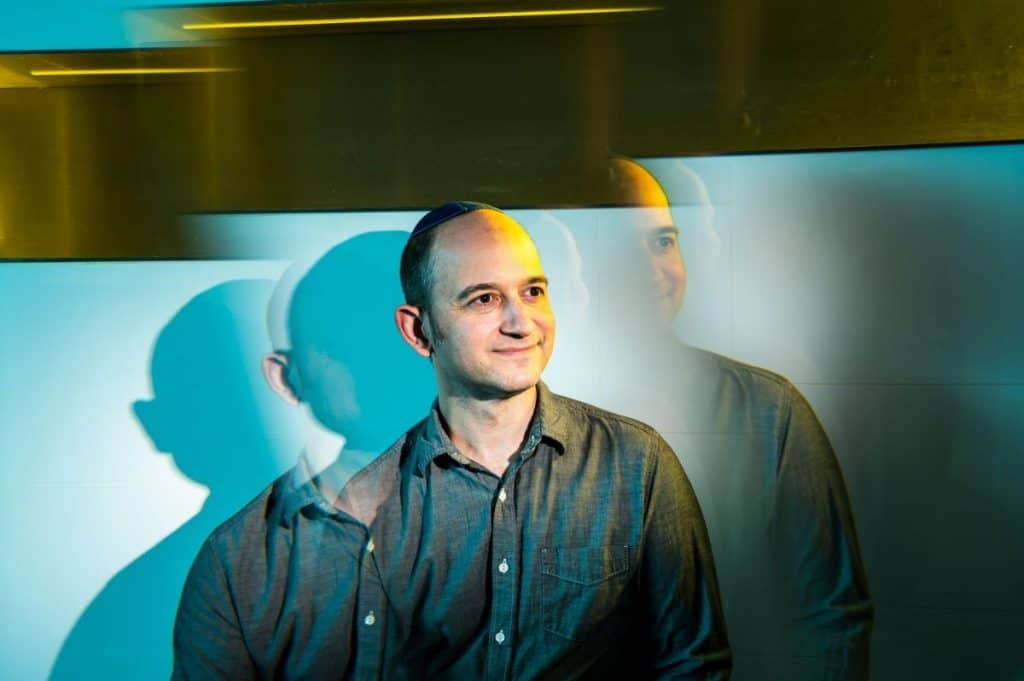
Noam Shazeer worked at Google for over 20 years, since December 2000. In October 2021, he quit and founded the startup Character.ai. Since then, the company has already raised $200 million and reached a valuation of almost $1 billion. According to LinkedIn, there are about 20 employees working there, so the value per dollar is impressive. It was Noam who introduced the idea of different “heads” in the attention mechanism.
| Read more: How to Use ChatGPT (GPT-4) for Free Forever |
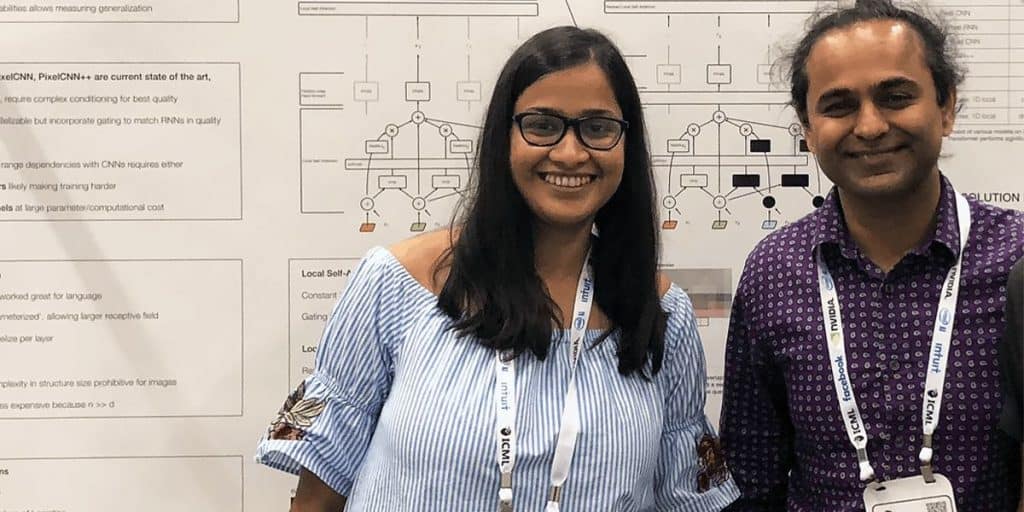
Niki Parmar, the only female co-author of the article, was a staff researcher on the Google Brain team until November 2021. Then, she joined Ashish Vaswani at Adept. However, as we already know, they did not stay there for a long time and left together to start a new project. Niki has done many training and model validation experiments.

Jakob Uszkoreit — many call him the main brain behind the invention of the Transformer architecture. It was he who suggested replacing recurrent networks with a similar “attention” mechanism and began prototyping the first approach. He left Google in mid-2021 and founded Inceptive Life, where the team is working on neural network modelling of mRNA. mRNA is what (sometimes) underpins vaccines (for example, the Pfizer-BioNTech’s Covid-19 vaccine).
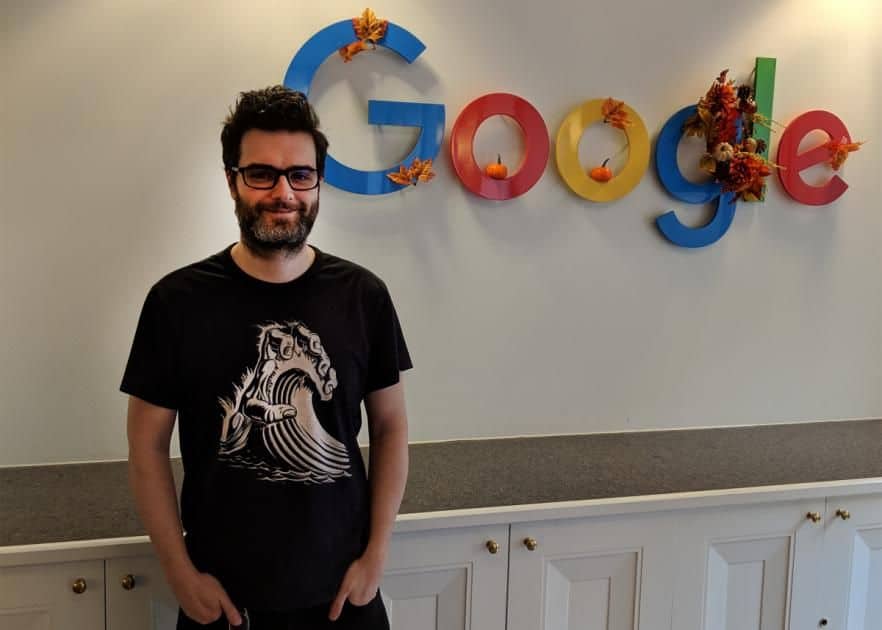
Llion Jones is the only person on this list that is working at Google to this day. According to him, it was he who suggested the title of the article, which became a meme and gave rise to dozens of other articles with the “X is all you need” pattern. He was also responsible for optimizing model inference and visualization for experiments and articles.
| Read more: Best AI Content Detection Tools in 2023 |

Aidan Gomez left Google in the fall of 2019 to found Cohere.ai. The company continues to work on language models; some of their products are similar to the use cases that people had in the early days after the release of ChatGPT. Managed to attract more than $400 million in investments and grow the company to almost 200 employees.
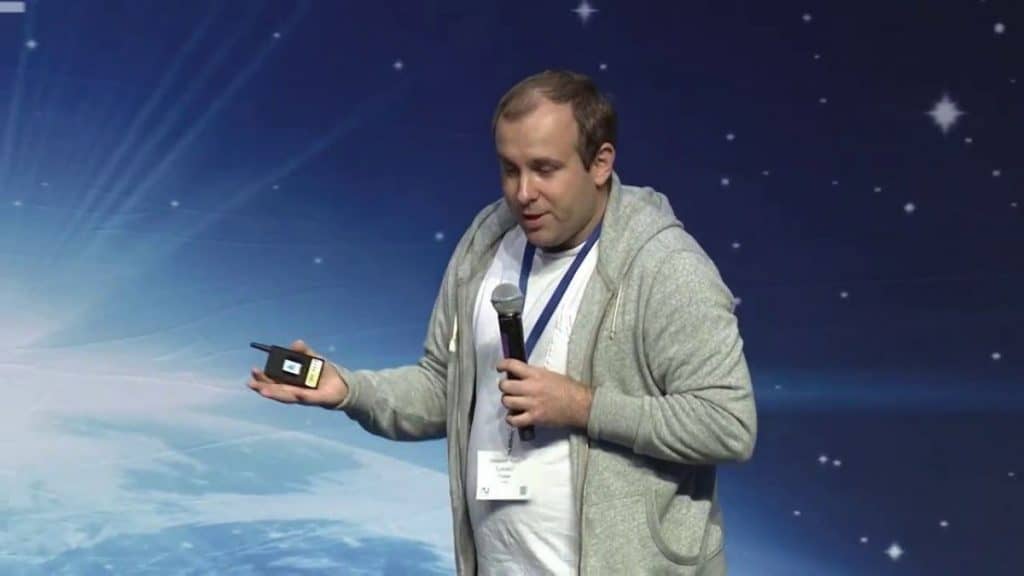
Lukasz Kaiser, after more than seven years at Google, left in the summer of 2021 to work at OpenAI. The original article states that Lukasz was responsible for the development and optimization of the code. He is one of the co-authors of TensorFlow, a library for creating and training neural networks. He’s a very strong engineer—and is now working on GPT 👀 As part of the work on Transformer, he worked with Aidan Gomez to improve the codebase and speed up iterations in research work (through easier interaction and prototyping).
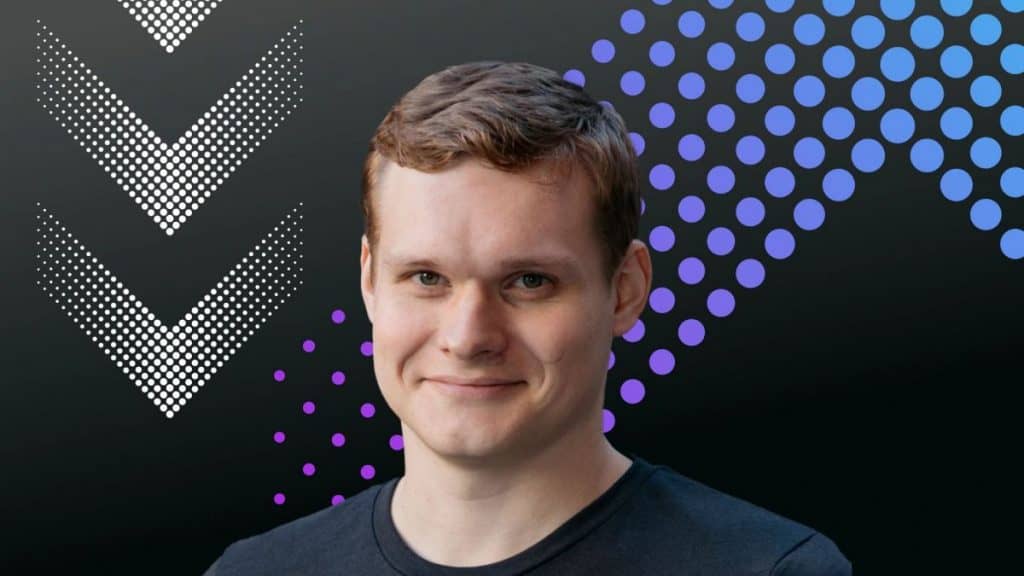
Illia Polosukhin left Google in 2017, before the release of the article, to found Near, a blockchain protocol that is essentially a competitor to Ethereum. Its current valuation is about $2 billion, and in just six years, more than $375 million has been raised as investments.
Read more about AI:
Disclaimer
In line with the Trust Project guidelines, please note that the information provided on this page is not intended to be and should not be interpreted as legal, tax, investment, financial, or any other form of advice. It is important to only invest what you can afford to lose and to seek independent financial advice if you have any doubts. For further information, we suggest referring to the terms and conditions as well as the help and support pages provided by the issuer or advertiser. MetaversePost is committed to accurate, unbiased reporting, but market conditions are subject to change without notice.
About The Author
Damir is the team leader, product manager, and editor at Metaverse Post, covering topics such as AI/ML, AGI, LLMs, Metaverse, and Web3-related fields. His articles attract a massive audience of over a million users every month. He appears to be an expert with 10 years of experience in SEO and digital marketing. Damir has been mentioned in Mashable, Wired, Cointelegraph, The New Yorker, Inside.com, Entrepreneur, BeInCrypto, and other publications. He travels between the UAE, Turkey, Russia, and the CIS as a digital nomad. Damir earned a bachelor's degree in physics, which he believes has given him the critical thinking skills needed to be successful in the ever-changing landscape of the internet.
More articles

Damir is the team leader, product manager, and editor at Metaverse Post, covering topics such as AI/ML, AGI, LLMs, Metaverse, and Web3-related fields. His articles attract a massive audience of over a million users every month. He appears to be an expert with 10 years of experience in SEO and digital marketing. Damir has been mentioned in Mashable, Wired, Cointelegraph, The New Yorker, Inside.com, Entrepreneur, BeInCrypto, and other publications. He travels between the UAE, Turkey, Russia, and the CIS as a digital nomad. Damir earned a bachelor's degree in physics, which he believes has given him the critical thinking skills needed to be successful in the ever-changing landscape of the internet.


















































